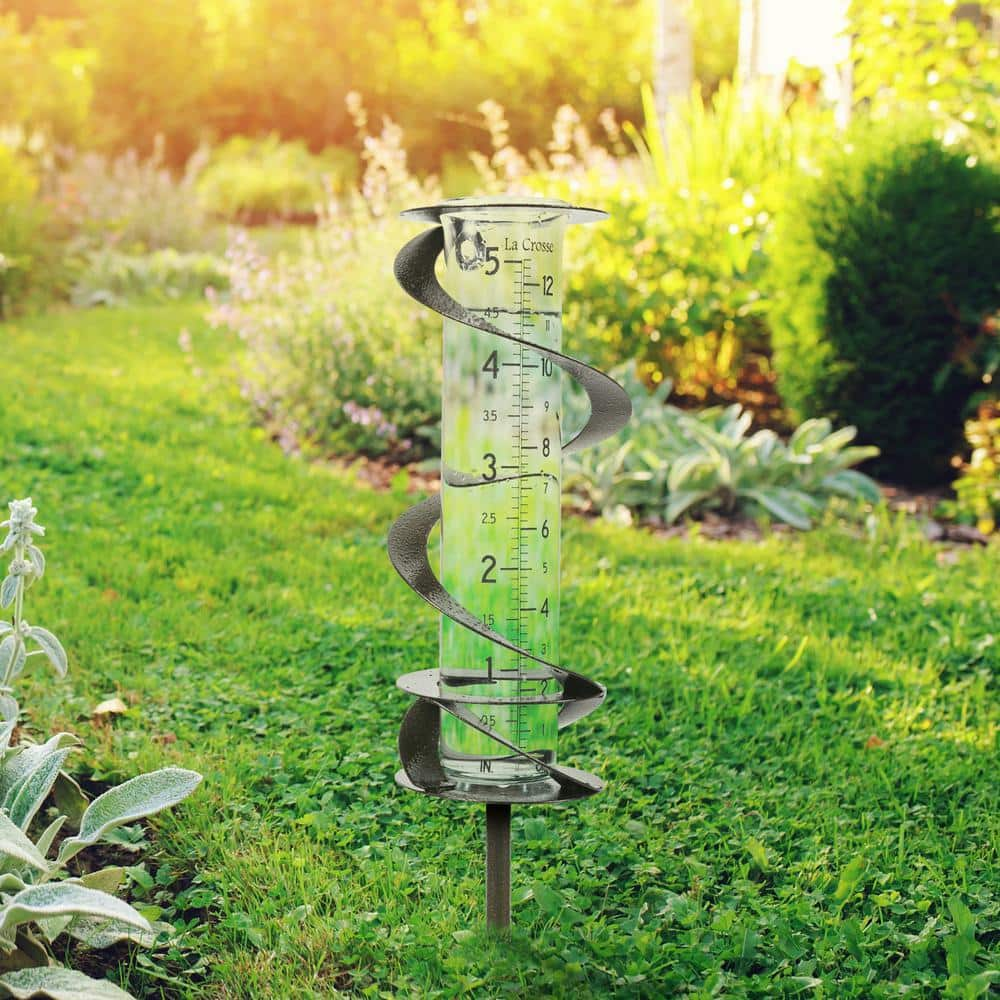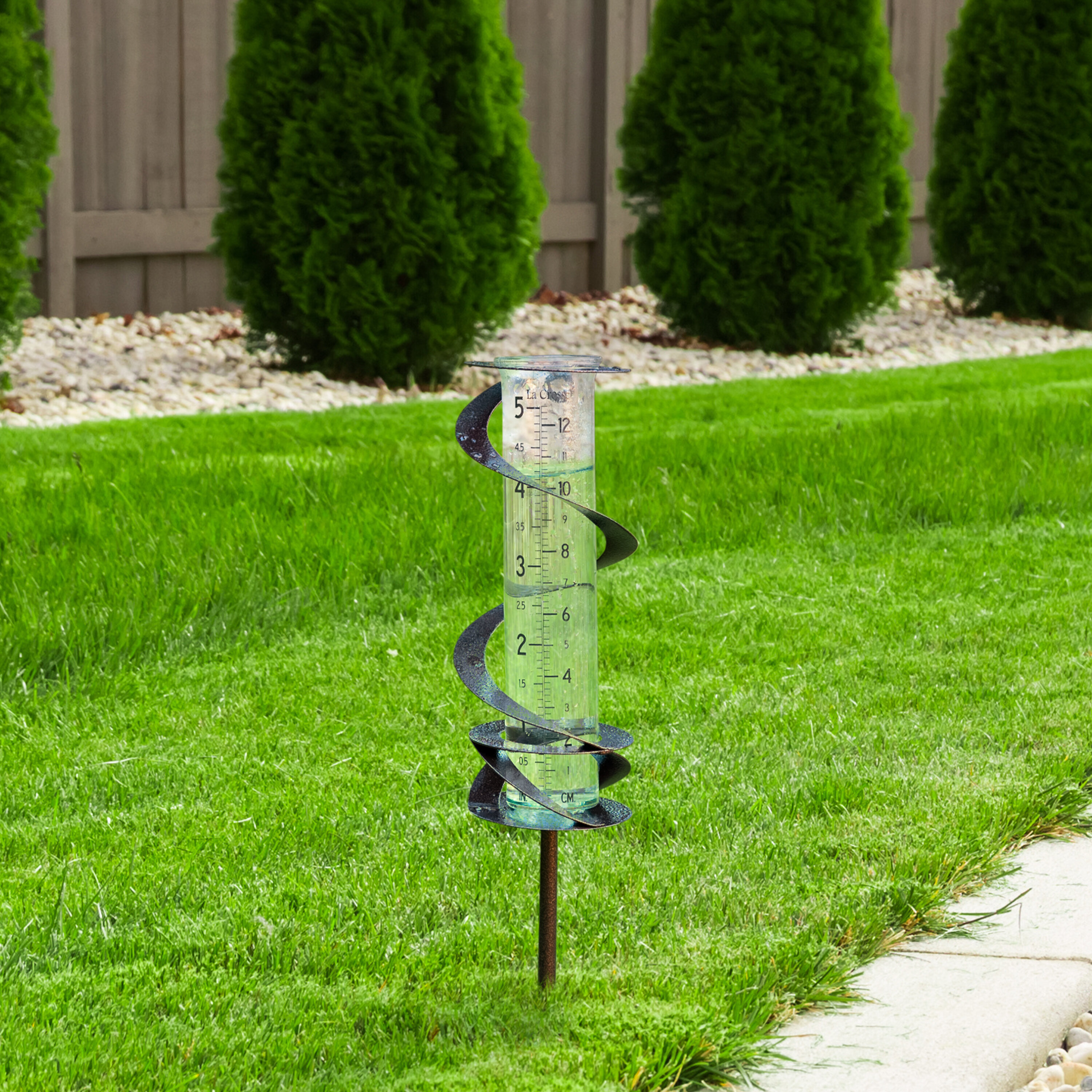The Rain Gauge: Enhancing Agricultural and Environmental Checking Initiatives
The Rain Gauge: Enhancing Agricultural and Environmental Checking Initiatives
Blog Article
Recognizing Rainfall Gauge Dimensions: A Full Guide
Comprehending Rain Scale Dimensions: A Total Overview is a detailed resource for any individual seeking a much deeper understanding of rain gauge measurements. Rain is a crucial consider different sectors, including meteorology, water, and farming resource administration. This guide aims to provide viewers with a comprehensive understanding of the relevance of rainfall gauge measurements, the different sorts of rain gauges offered, and exactly how these measurements are gotten and analyzed. Furthermore, it explores the aspects that can impact the accuracy of rainfall scale analyses and offers practical pointers for getting accurate measurements. Whether you are an expert in the field or just have a curiosity concerning rains measurement, this overview will equip you with the understanding required to properly use rainfall scale dimensions.
The Relevance of Rainfall Scale Measurements
The importance of rainfall scale measurements lies in their function as a critical tool for properly keeping an eye on and analyzing precipitation levels - The Rain Gauge. Rainfall gauge measurements give useful information that aids meteorologists and hydrologists understand patterns and fads in rains, which subsequently aids in numerous fields such as agriculture, water source management, and climate research

Exact rains dimensions are vital for farming as they assist in figuring out watering demands, plant growth, and return forecasts. Farmers rely upon this information to make informed choices concerning when to water their plants, avoiding water wastage and making certain optimum crop health. Additionally, rains data helps in evaluating the impact of droughts or extreme rainfall on plant production, enabling farmers to take suitable measures to decrease losses.
Water resource management heavily relies on rain scale measurements to determine the quantity of water offered in storage tanks, lakes, and rivers. Specific measurements allow water supervisors to make enlightened choices regarding water allowance and distribution, making certain lasting usage and protecting against shortages. This info is particularly important in areas where water deficiency is a pressing problem.
In addition, rainfall gauge measurements play an important role in environment research. By properly gauging rainfall over extended periods, researchers can assess long-lasting environment patterns and identify modifications in rainfall patterns as a result of environment change. This information helps researchers and policymakers develop approaches to adjust to and mitigate the impacts of environment adjustment.
Kinds of Rain Scales
There are different types of rainfall assesses used to determine precipitation properly. Each type has its very own benefits and restrictions, making them suitable for different objectives and environments.
The most usual kind of rainfall gauge is the typical round scale. It includes a cylindrical container with a large funnel-shaped top to collect rainwater (The Rain Gauge). The water is then channelled right into a graduated gauging tube, enabling for specific dimension of the quantity of rains
One more kind is the evaluating rainfall scale. Evaluating rainfall determines are particularly valuable in locations with frozen rainfall or hefty rains, as they are not impacted by splashing or dissipation.
Tipping bucket rain gauges use a mechanism that suggestions a small bucket each time it collects a particular amount of rain. The number of tips is videotaped and used to calculate the rains. This kind of scale is generally made use of in automated weather condition terminals as a result of its low maintenance requirements and capability to offer real-time data.
Ultimately, there are radar-based rain evaluates that usage radar modern technology to estimate rainfall. These evaluates determine the intensity of rainfall in a specific area by examining the reflected radar signals. They are specifically helpful for gauging rainfall over large areas or in remote places.
Just How Rainfall Gauge Measurements Job
Rainfall scale measurements are based on the concept of accumulating and determining the amount of rainfall. These instruments are designed to catch rain and offer an accurate measurement of the rainfall in a specific area.
The most typical type of rain scale is the standard cylindrical scale. It includes a round container with a wide opening at the top to accumulate rain. The collected water is after that channelled into a measuring tube, which is calibrated to provide the dimension in systems of size, commonly millimeters or inches.
An additional sort of rainfall scale is the tipping container gauge. It makes use of a seesaw-like system with two buckets that tip when they get to a specific weight threshold. Each suggestion of the pail stands for a specific volume of rainfall, permitting for specific measurements.
Some innovative rain evaluates are furnished with digital sensors that immediately record and send data. These sensing units use different innovations such as ultrasound or laser to gauge the quantity of rains properly.
Factors Affecting Rainfall Scale Accuracy
Factors that can affect the precision of rain scale measurements consist of various ecological and operational variables. Environmental variables such as wind, temperature level, and climatic stress can considerably influence the accuracy of rain scale dimensions. Strong winds can create the rain gauge to relocate or read more turn, leading to unreliable analyses. Similarly, extreme temperature levels can trigger dissipation or cold of the gathered rain, causing altered dimensions. Adjustments in atmospheric pressure can additionally influence the precision of rainfall gauge measurements, as they can alter the price at which rains is accumulated.
Functional variables, on the other hand, refer to factors connected to the layout, setup, and upkeep of the rain scale. The positioning of the rain gauge in an area with obstructed air flow or near structures or trees can cause inaccurate readings due to clog or splattering of rainfall. Moreover, inappropriate calibration or uneven site here maintenance of the rainfall gauge can likewise affect its precision.
To make sure the accuracy of rain scale dimensions, it is necessary to consider these factors and take ideal measures. This might entail choosing a suitable area for the rain gauge, guaranteeing proper installation and maintenance, and routinely calibrating the instrument. By addressing these aspects, trustworthy and accurate rains dimensions can be acquired, which are crucial for numerous applications such as weather projecting, hydrological studies, and agriculture.
Tips for Accurately Measuring Rain
To make sure accurate rains dimensions, it is important to execute specific techniques and methods when making use of a rain scale. Right here are some tips for properly determining rains:
Proper Placement: Put the rainfall gauge in an open location, far from trees, buildings, and various other blockages that might hinder the rains collection. It ought to be positioned on a level surface area to stay clear of water merging or runoff.

Review the Range Appropriately: When taking measurements, read the water degree at eye level from the base of the lens. Prevent parallax mistakes by aligning your view straight with the water degree.
Regular Time Interval: Establish a regular time period for determining rainfall, such as every 24 hr or after each rains event. This ensures accurate monitoring and contrast of precipitation data.
Record Measurements Without delay: Tape-record rainfall measurements as quickly as feasible after collection to protect against dissipation or splilling. Make use of a rainfall scale with a built-in data logging feature for automatic recording.
Verdict
In final thought, understanding rainfall gauge measurements is important for accurately gauging rains. It is essential to think Learn More about factors that can impact the precision of rain gauge measurements, such as dissipation, positioning, and wind.
Understanding Rain Scale Measurements: A Total Guide is a comprehensive source for anyone seeking a much deeper understanding of rainfall gauge dimensions. Whether you are a professional in the field or merely have an inquisitiveness concerning rainfall measurement, this overview will furnish you with the knowledge required to successfully use rainfall scale measurements.
The most typical kind of rain gauge is the common cylindrical scale.The most usual type of rain scale is the basic round scale.Another kind of rainfall scale is the tipping pail gauge.
Report this page